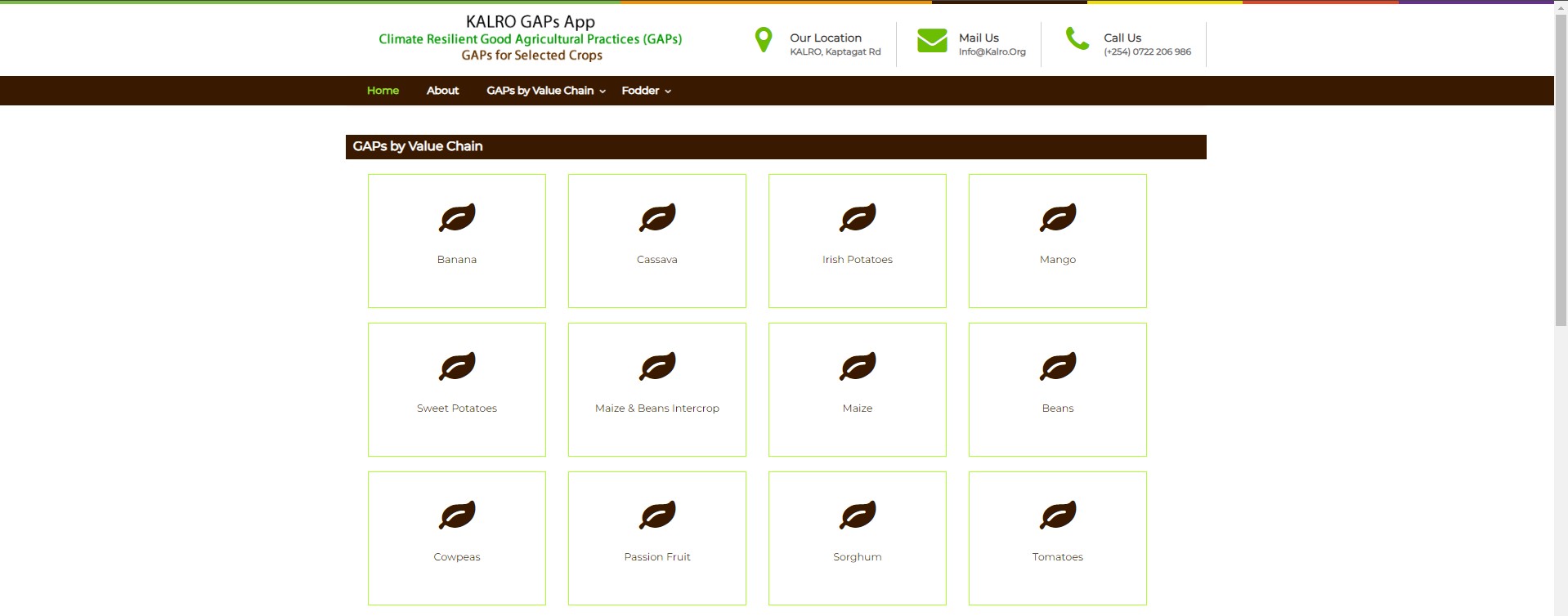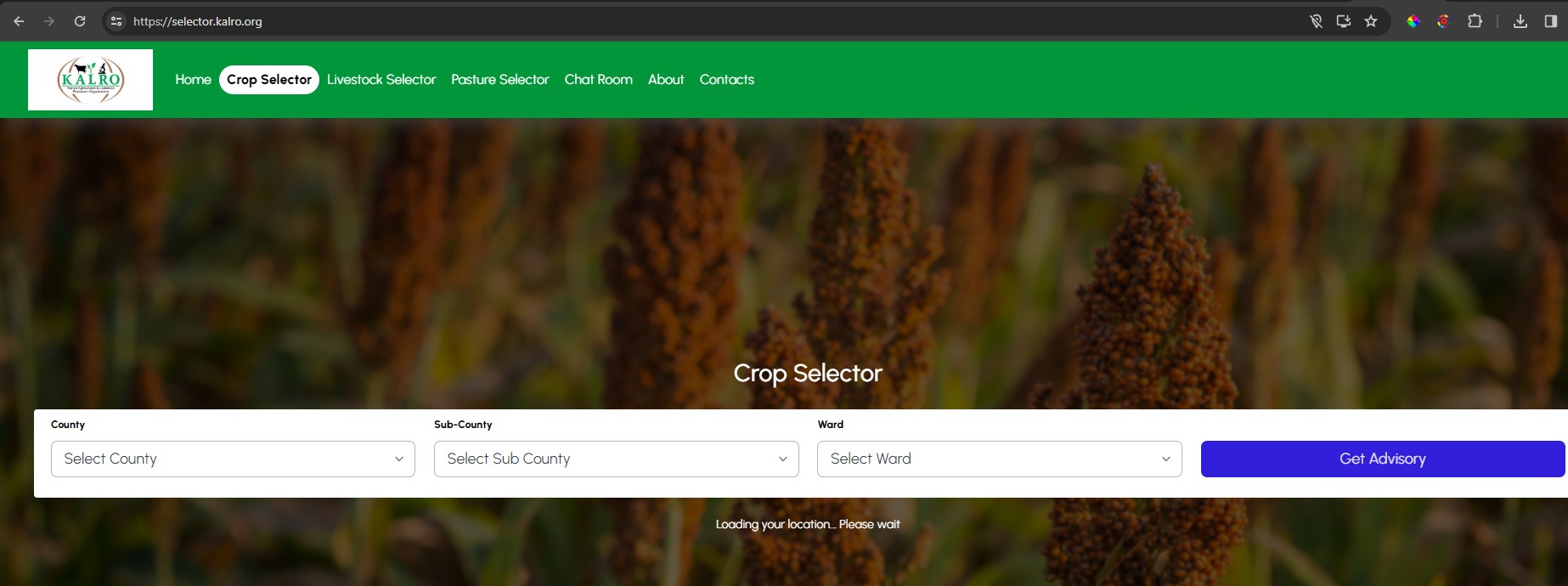Good Agricultural Practices
Good Agricultural Practices (GAPs) are like a compass for your farming journey, guiding you toward success and sustainability. These practices are a collection of smart strategies that help you grow better crops while being kind to the land and your wallet.
From choosing the right seeds to watering efficiently, managing pests wisely, and storing your harvest carefully, GAPs offer simple yet effective ways to make your every day on the farm more productive and worry-free. By following GAPs, you’re not only ensuring healthier crops and better yields, but you’re also safeguarding the environment for the future. So, whether it’s tending to your soil, managing water wisely, or keeping a watchful eye on your plants, know that embracing these practices can make your farming journey smoother, your harvests more bountiful, and your efforts more rewarding.
KALRO GAPs
The KALRO GAPs App, developed by the Kenya Agricultural and Livestock Research Organization (KALRO), is a mobile application tailored to support farmers in implementing Good Agricultural Practices (GAPs) effectively. This user-friendly tool provides farmers with essential guidance on crop selection, crop management techniques, pest and disease identification, weather updates, market information, and access to training resources. By offering a comprehensive suite of features, including real-time data and expert recommendations, the app empowers farmers to make informed decisions, enhance their agricultural productivity, ensure food safety, and optimize yields. With its focus on sustainability and profitability, the KALRO GAPs App plays a pivotal role in promoting modern farming practices and advancing agricultural development in Kenya and beyond.

KALRO SELECTOR
KALRO Selector offers expert advice on selecting the most appropriate crop varieties or pasture types for cultivation, as well as recommending suitable livestock breeds, tailored to the diverse agro-ecological zones in Kenya. By leveraging this technology, farmers can make informed decisions about what to grow and which livestock breeds to keep based on the specific environmental conditions and requirements of their region. This personalized guidance is invaluable in optimizing agricultural productivity and promoting sustainable practices across different areas of Kenya. It not only empowers farmers with the knowledge needed to maximize yields but also contributes to the overall resilience and success of the agricultural sector in the country.

